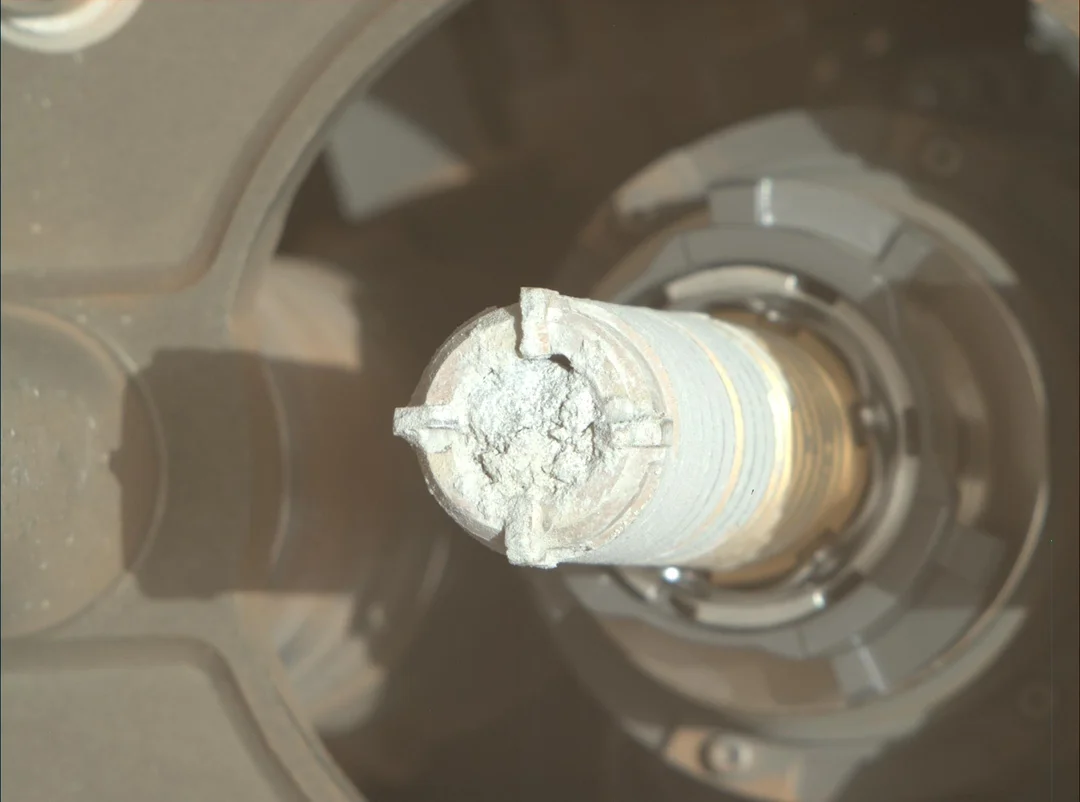
Perseverance Rover Uncovers Ancient Secrets on Mars in ‘Krokodillen’ Region
NASA's Perseverance rover is pushing the boundaries of Martian exploration, venturing into the intriguing 'Krokodillen' region of Jezero Crater. This area, named after a mountain ridge in Norway, holds the potential to unveil some of the oldest rocks on the Red Planet, offering unprecedented insights into Mars' early history and potential for past life.
Scientists are particularly excited about Krokodillen because it marks a crucial boundary between the crater's oldest rim rocks and the surrounding plains. This plateau, spanning approximately 73 acres, has already hinted at the presence of clay minerals, crucial indicators of liquid water—a cornerstone for life as we know it.
"The last five months have been a geologic whirlwind," said Ken Farley, deputy project scientist for Perseverance. "As successful as our exploration of 'Witch Hazel Hill' has been, our investigation of Krokodillen promises to be just as compelling."

The discovery of clays within Krokodillen could substantiate the theory that abundant liquid water existed on Mars long before Jezero Crater was formed. Clay minerals are renowned for their ability to preserve organic compounds, the very building blocks of life, making this region a prime target in the search for past biosignatures.
In fact, Farley suggests that if a biosignature were to be found in Krokodillen, it would likely represent an entirely different and earlier epoch of Martian evolution than the discoveries made at 'Cheyava Falls' in 2024, where potential chemical signatures of ancient life were identified.
Adding to the intrigue, data from Mars orbiters suggest that Krokodillen's outer edges might be rich in olivine and carbonate. Olivine forms from magma, while carbonate minerals typically arise from reactions between rock, liquid water, and dissolved carbon dioxide. Carbonates are excellent at preserving fossilized microbial life and ancient climate records, further emphasizing the region's scientific significance.
Perseverance, currently analyzing rocks within Krokodillen, has also adopted a new sampling strategy. The rover will now leave some collected samples unsealed, allowing for the potential dumping of less compelling samples if a more scientifically valuable geologic feature is discovered later on.
Katie Stack Morgan, acting project scientist for Perseverance, explained, "We have been exploring Mars for over four years, and every single filled sample tube we have on board has its own unique and compelling story to tell. This strategy allows us maximum flexibility as we continue our collection of diverse and compelling rock samples."
Earlier, the rover also examined an unusual rock called St. Pauls Bay in the same area, covered in round lumps that looked like spider eggs in a nest. Scientists suspect it might have been moved by geological processes that took place long ago.

Perseverance's exploration of Krokodillen is not just about finding rocks; it is about unraveling the history of Mars and determining whether the planet once harbored conditions suitable for life. What other secrets will Perseverance uncover in this ancient Martian landscape? Share your thoughts and predictions in the comments below!